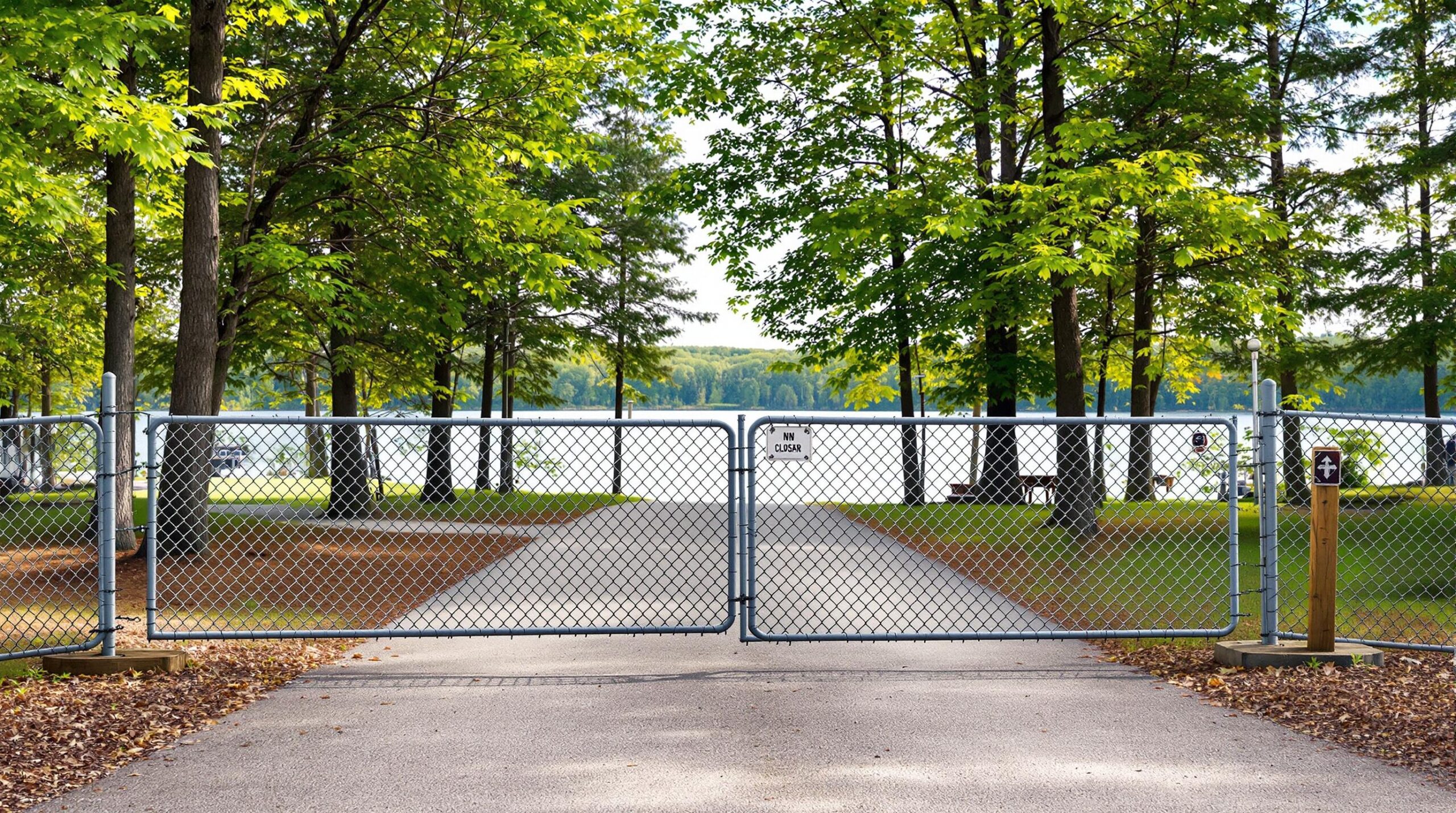The U.S. Army Corps of Engineers, Omaha District, plans to temporarily close and scale back services at several North Dakota recreation areas along the Missouri River starting May 1, 2025, according to a public advisory. Officials cite seasonal staffing and resource limitations that prevent sustaining normal operations at all facilities.
Six campgrounds are designated for full or partial closures during the 2025 season, as indicated in recent statements. East Totten Trail, Wolf Creek, Hazelton, Cattail Bay authorized camping area, and North Shore Campground (S.D.) will not open at all, while Beaver Creek Campground will restrict access to one loop. Full refunds for prior bookings at any closed locations will be administered through Recreation.gov.
Planned reductions extend to routine maintenance and facility operations. The Corps indicates visitors can expect a drop from daily restroom servicing to an average of three cleanings weekly, in addition to fewer patrols during busier weekends. Contracted services such as trash disposal, mowing, fire ring cleaning, and weed control will remain suspended until conditions permit a return to normal coverage levels.
According to another notice, travelers will see posted signs at each campground highlighting closures and reduced services. The Corps advises caution when arriving at any Missouri River site this season because area-specific changes may occur rapidly based on staff availability.
Beyond the immediate impacts to recreation areas, the Corps maintains that focusing on core tasks and facility integrity is essential for meeting hydropower and dam operation obligations along the Missouri River Basin. Officials caution that attempting to run all sites at a full-service level without adequate staffing could jeopardize safety and lead to additional environmental concerns.
Tourists seeking North Dakota campgrounds are advised to confirm availability in advance to avoid confusion. The Corps has not specified additional alternatives, but travelers can consult official resources for updated guidance throughout the season. Officials stress that operating at reduced capacity may continue until staffing stabilizes.
Many operators in the outdoor hospitality industry address reduced staffing or limited service availability by creating flexible contingency plans well before peak season. This can involve prioritizing essential tasks—such as trash removal and restroom cleaning—while postponing less critical upkeep like expanded landscaping or frequent activity programming until staffing levels improve. Self-service tools, such as contactless check-in or digital visitor guides, allow guests to orient themselves without constant staff support. Encouraging visitors to follow minimal-impact practices, such as Leave No Trace, or establishing volunteer programs to handle light tasks can keep facilities running smoothly.
Even when closures or service reductions are unavoidable, transparent communication about what is open and where amenities are located can help maintain traveler satisfaction. Outdoor hospitality businesses often employ on-site signage, targeted email updates, and timely alerts to set realistic expectations, easing potential frustration. Making people aware of nearby locations still in operation can also bolster goodwill, consistent with the Corps’ emphasis on verifying current site statuses and conditions.
A separate data point, drawn from past research, suggests that proactive outreach about available amenities leads to higher guest satisfaction. In those assessments, clear information was found to prevent mismatched expectations, an issue that becomes more pressing during widespread closures.
According to the Corps, upcoming closures in North Dakota reflect staffing dynamics that change throughout the year. As more personnel become available, officials may incrementally expand campground access, potentially welcoming travelers back under more routine operations. For now, limited upkeep remains the practical way to balance environmental protections and visitor well-being.
Officials also encourage visitors to follow posted signage and closure notices at the affected campgrounds. Compliance is part of an ongoing effort to maintain safety and minimize environmental impacts. The Corps aims to keep conditions suitable for future use under evolving resource limitations.
While the Corps has not announced any official timelines for restoring full services, staff remain optimistic that these strategic adjustments will expedite a long-term return to regular openings. By prioritizing operations critical to public safety, management teams say they can preserve the natural features and infrastructure that support recreation.
The Corps advises that current conditions are fluid and subject to updates. Travelers heading to North Dakota sites this season are urged to check official channels for real-time details, plan ahead in case amenities remain scaled down, and practice responsible outdoor behaviors until closures are lifted.


